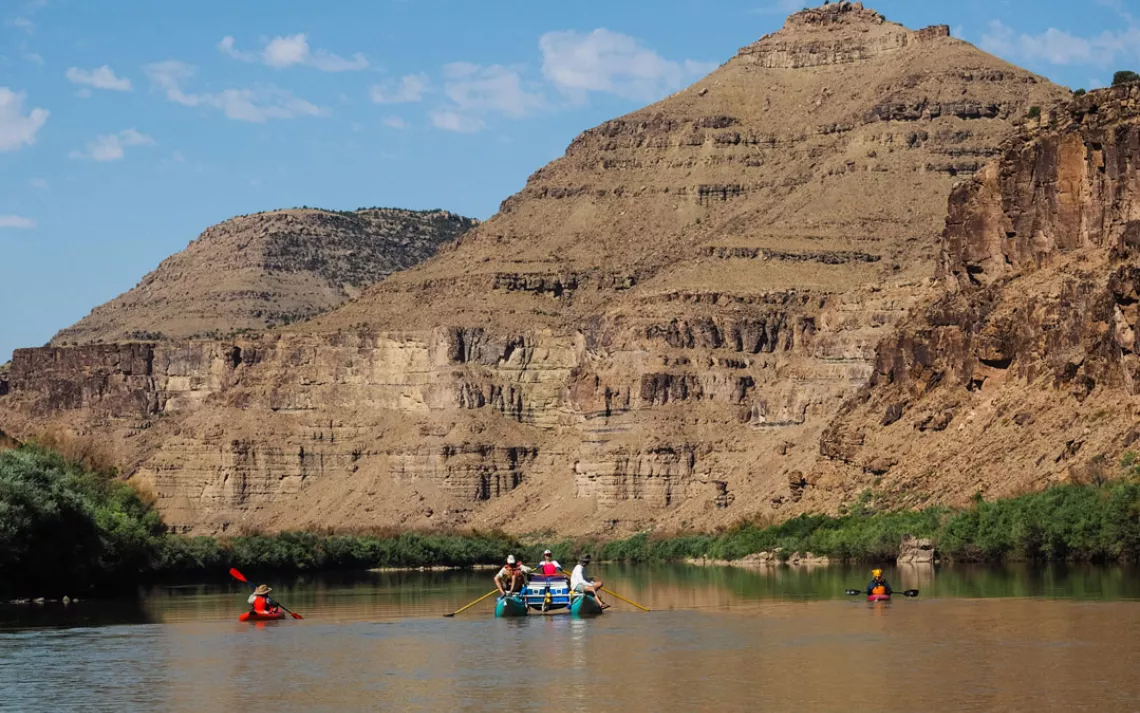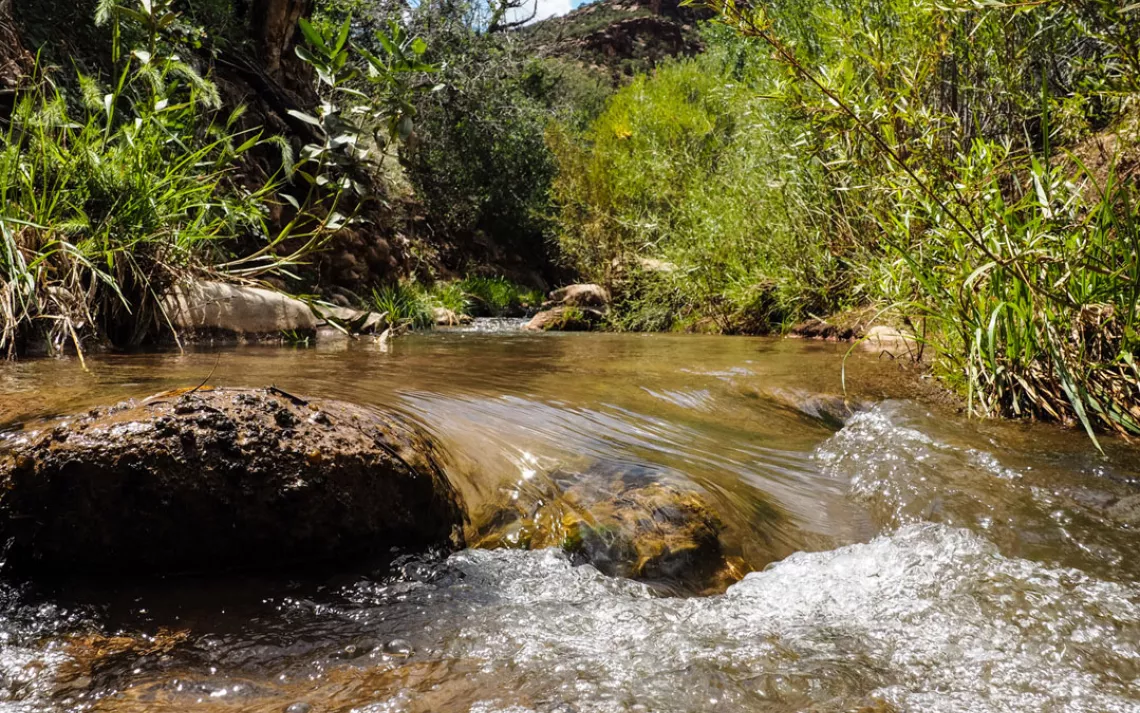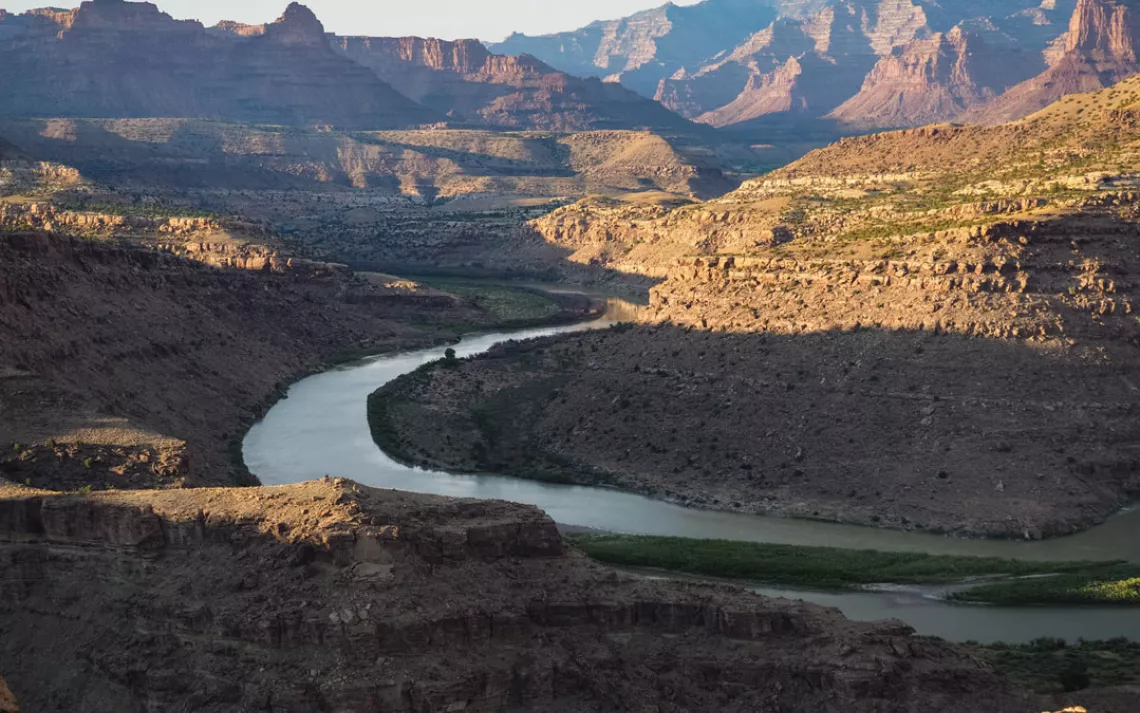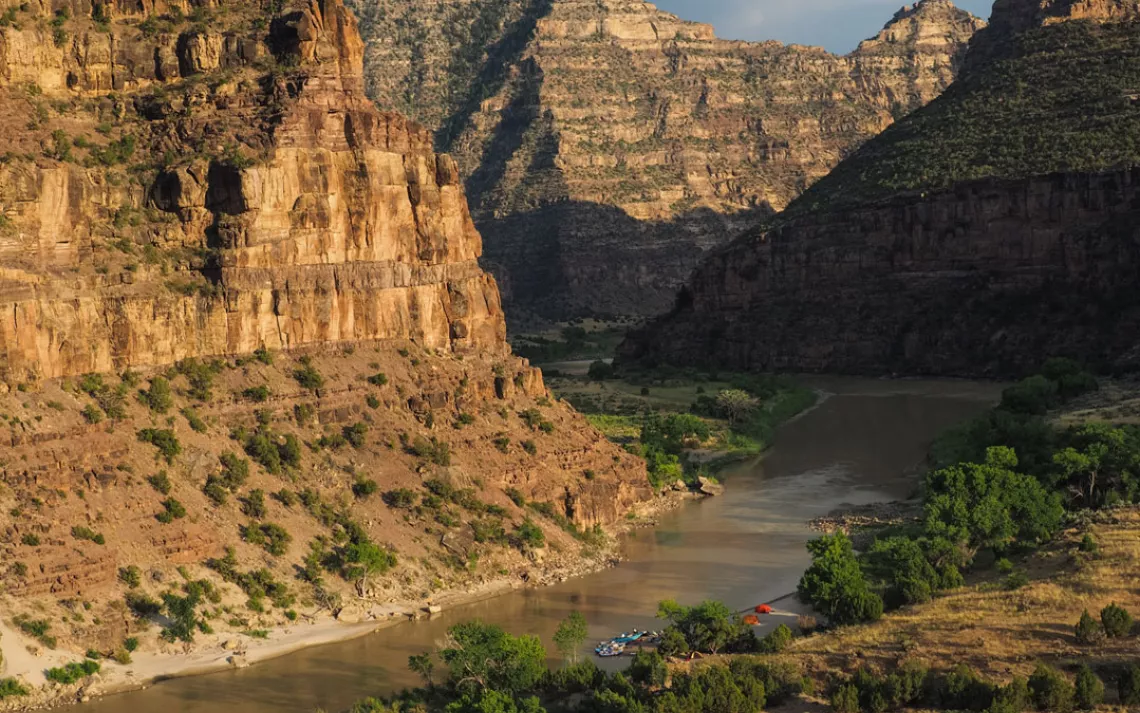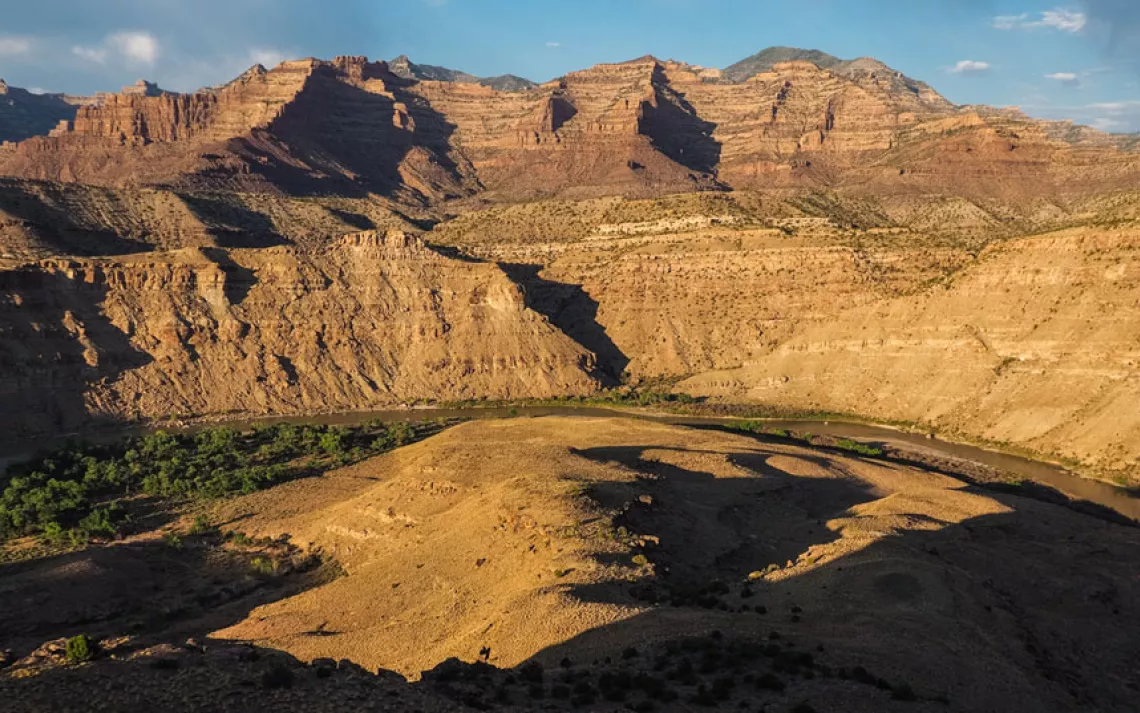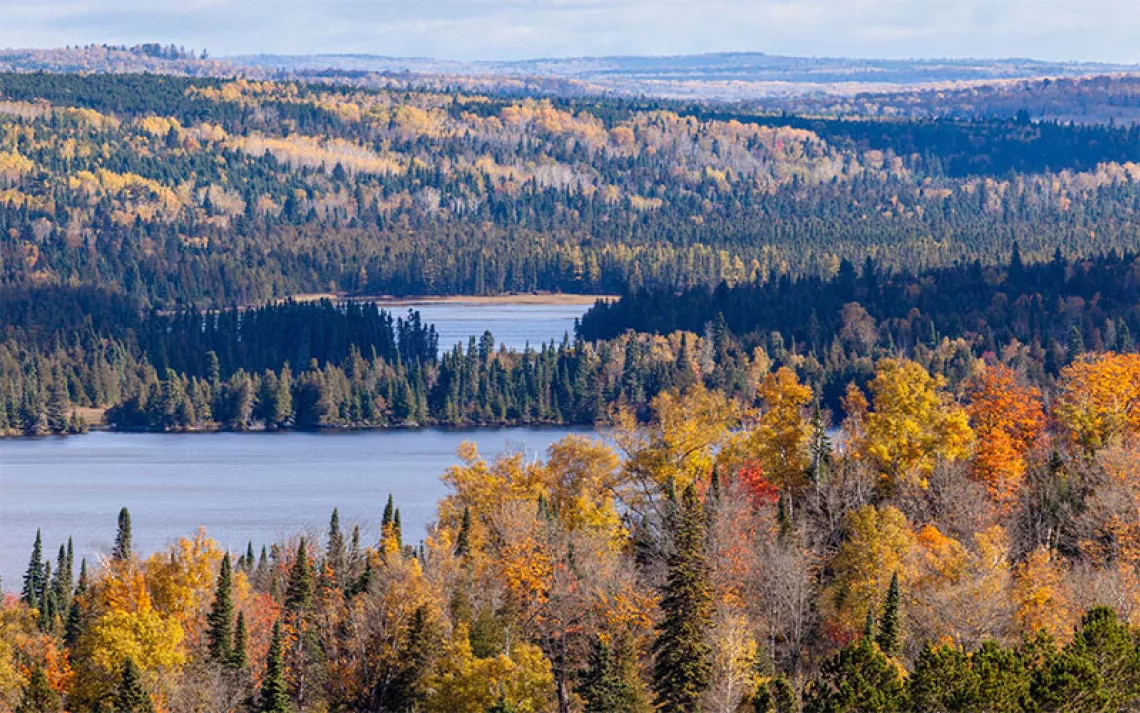Desolate In Name Only
Photos from a rafting trip through Desolation and Gray Canyons in eastern Utah show us a place worth preserving
Amid the sprawling, rugged panoramas of eastern Utah, the Green River carves its way through Desolation and Gray Canyons for 85 serpentine miles. In the heart of what may be the largest roadless area in the lower 48 states, the river and the canyons are true wilderness, far from the trappings of civilization, and from the state’s capitol, where a battle rages over whether they’ll remain this way or be developed for gas and oil extraction.
Currently, 290,845 acres west of Desolation and Gray Canyons are provisionally protected as a wilderness study area (WSA), and the BLM has recommended designating nearly 225,000 of those acres as permanent wilderness (most of the land east of the river is part of the Uintah and Ouray Indian Reservation, and is undeveloped). In its report on the Desolation Canyon WSA, the BLM highlights the “outstanding opportunities for solitude and primitive recreation,” noting that “scenic values, landscape and ecological diversity, wildlife, archaeological sites, and historical interests are exceptional. The vast expanse of canyon, benches, and ridges is some of the most rugged and remote land in Utah. Diverse wildlife includes elk, bighorn sheep, black bears, mountain lions, three endangered fish species, bald eagles, and peregrine falcons.” The report goes on to assert that the area’s “wilderness values outweigh the importance of the energy and mineral resource potential.” Or, as Wayne Hoskisson, wilderness chair of the Sierra Club’s Utah Chapter puts it, “This place is really wild!”
Right now, the Desolation Canyon WSA is one of the centerpieces in the debate surrounding the Public Lands Initiative (PLI) proposed by Utah congressman Rob Bishop. Initially the plan was promoted as a “grand bargain” between environmentalists and development interests and a win-win for everyone, but the Southern Utah Wilderness Alliance has called it a “grand bust” and “a disaster for Utah’s wilderness.”
The Utah chapter of the Sierra Club says that the PLI “would remove wilderness protections . . . for vast swaths of the Desolation Canyon complex.” According to Hoskisson, the PLI is not a compromise. “Some county commissioners, who created the recommendations for their areas, wouldn’t even talk to us or other conservation groups,” he says. If the PLI is enacted, the pristine sense of solitude and naturalness around Desolation and Gray Canyons would be punctured by the noisy presence of gas and oil rigs, and the trucks that service them, impacting wildlife and eroding the features that make it such a unique place to visit.
A far better proposal is America’s Redrock Wilderness Act, which would protect the canyons and a number of Utah’s other wilderness-quality areas and is supported by the Southern Utah Wilderness Alliance, the Sierra Club, and more than 200 other national and regional conservation organizations.
This summer, I rafted Deso/Gray, as the canyons are known, for my seventh or eighth time, with a group of friends from across the country. The heated battle being waged over the fate of the land seemed far away as we floated down the river immersed in the timeless topography. Sunlight struck the towering sedimentary walls, evoking a sublime spectacle of shifting colors throughout the day; the shade of a canopy of cottonwood trees offered a breath of relief from the desert heat; water and rock collaborated on a dreamy symphony accented by the calls of hawks and herons. Rafting Deso/Gray is one of the great Southwestern river trips, and I hope the photos from our journey convey a little bit of what makes the area special.
WHAT YOU CAN DO
Tell your representative to Oppose PLI and to support America’s Redrock Wilderness Act.
 The Magazine of The Sierra Club
The Magazine of The Sierra Club
